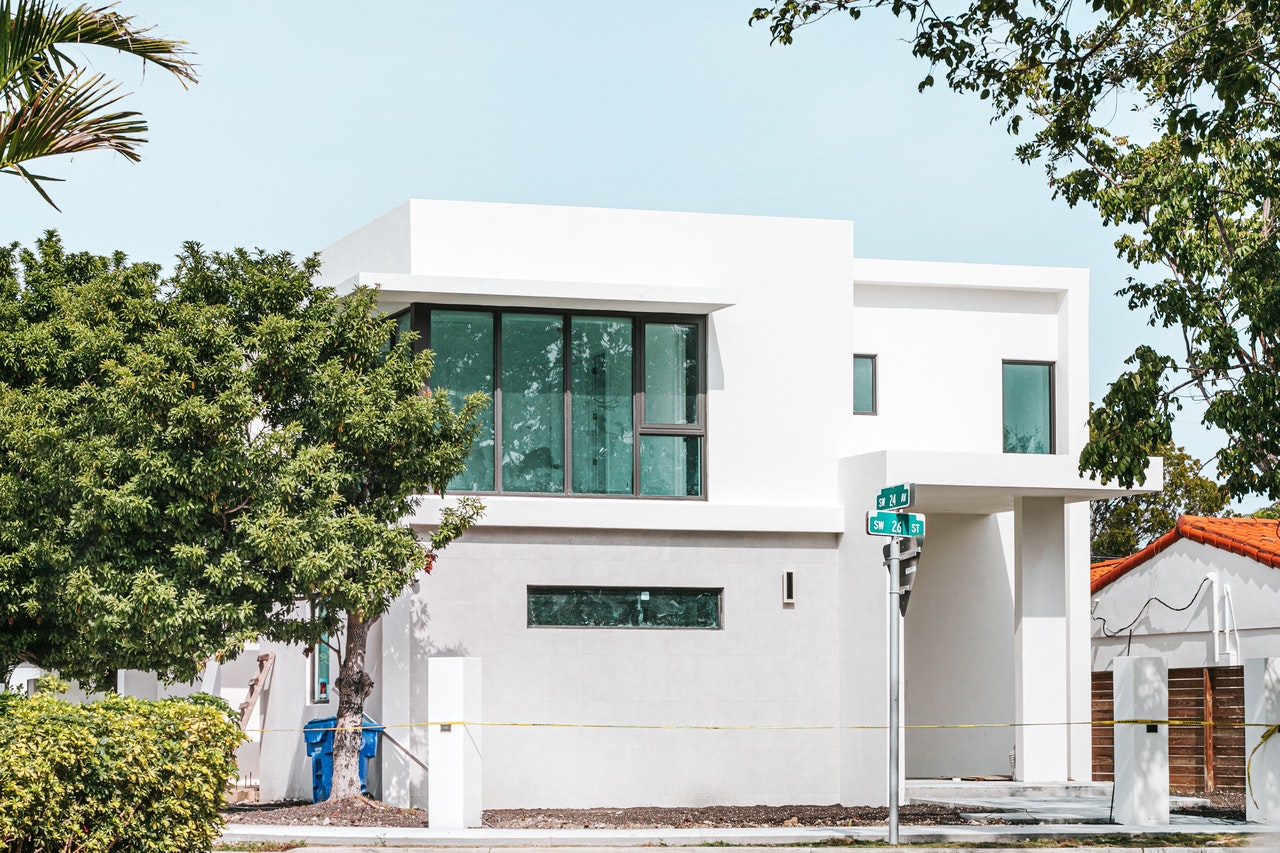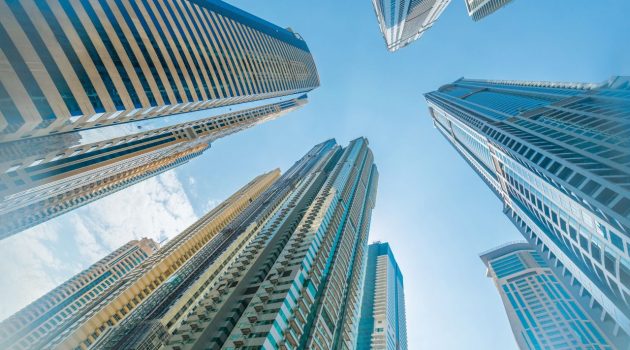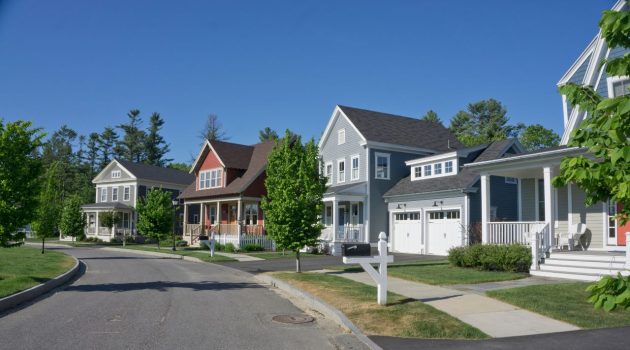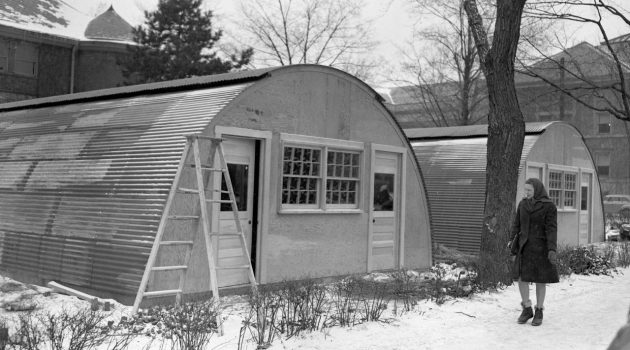Modern architecture emerged from the early 19th century to the late 19th.
The industrial revolution became the reason for the architectural changes from the old architectural styles and started a new era of freedom in art and architecture.
The materials used for building evolved from brick, stone, and wood to new materials like reinforced concrete, glass, steel, and cast iron.
Form follows function was coined by Louis Sullivan and became the base of modern design establishment.
Frank Lloyd Wright, Ludwig Mies van der Rohe, Staatliches Bauhaus, and Le Corbusier are the well-known pioneers of modern architecture designer.
The architects utilize their freedom of creativity to make modern experimental styles using brand-new materials.
However, modern design was replaced by contemporary architecture that began in the 1960s until the present.
One of the reasons is that the large open space for modern architecture is too cold for everyday living.
Moreover, since it was an experimental, innovative architecture, the buildings underwent frequent repair.
Here are some common characteristics that define modern architecture.
A. Characteristics for Modern Architecture
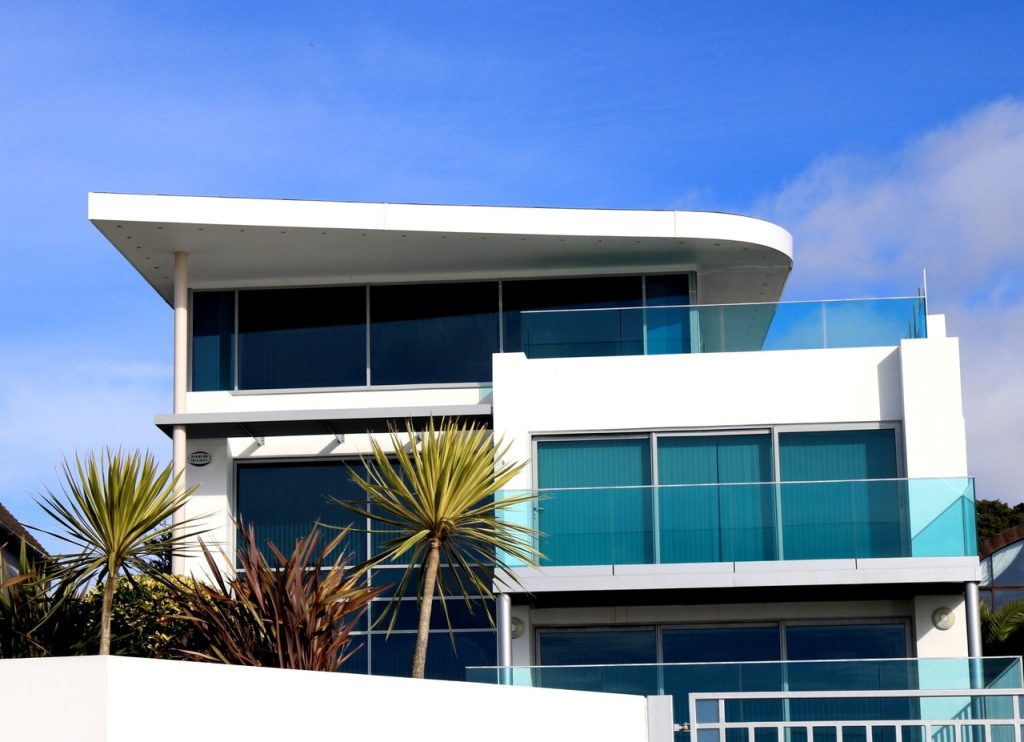
1. Clean lines and well-defined geometric forms
Emphasize the horizontal and vertical lines and show well-defined geometric forms such as rectangular, cylindrical, and cubic. Also, broad roof overhangs.
2. Minimalist rejects ornament
It rejects ornaments, and the only ornament is the building itself. Modernist houses focus on modern materials and large open spaces.
Thus, unnecessary decorations are not needed.
3. Open space and floor plans
The concept is to make the house large and spacious without a wall divider to let dining and living rooms connect to one another.
Even if the room flow together naturally, the designer is supposed to make the functions of the room appear as they should be.
4. Modern materials and techniques
Modern design use materials such as reinforced concrete, glass, steel, and cast iron.
Modern architects experimentally used the new materials to design the new buildings as well as using the new techniques.
5. Innovative use of traditional materials
Brick, stone, and wood can be used to display the natural feature of the house is a simple yet innovative way.
6. Large glass walls
Plenteous use of glass for walls and windows to let the light shine through the interior.
If the building is located in a high place, then the glass walls present the beautiful scenery below.
The crowded city and buildings, streets, river, bridge, etc.
7. Relationship to the natural environment
It builds to relate to the natural landscape surrounding them so that the interiors best complement the natural environment.
Since modern design focuses on form rather than function, it tries to balance the living place also the aesthetical value.
B. Examples of Modern House Design
However, since it was built without the sophisticated technology that we have today, the modernist building did not last long because of the instability of the structure.
Most of them have become museums and the icon of modern architecture that we can see today.
1. Frank Lloyd Wright Home and Studio
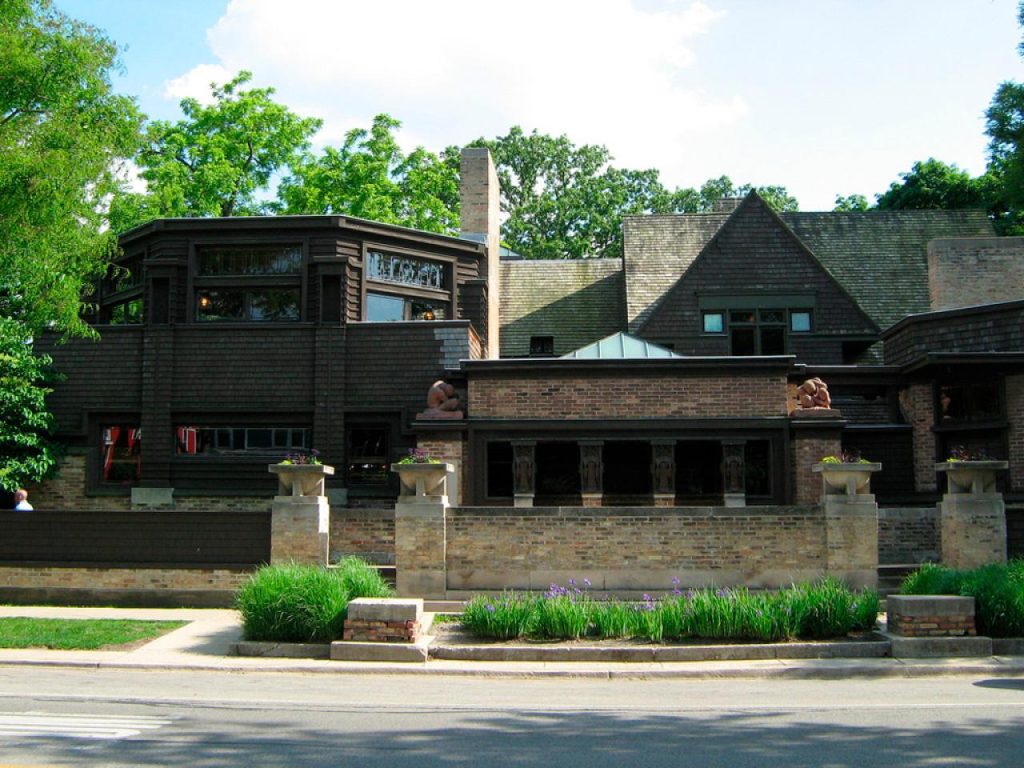
Frank Llyod Wright’s Home, Fallingwater in Mill Run, Pennsylvania, is famous for adopting Japanese architecture and its use of cantilevers.
The connectivity to the surrounding nature adds more to the concept of Modernism.
Not long after the house was completed, the roof was found leaky, and the cantilevered terraces started to fall off. After some repair, today it has become a museum.
2. The Glass House
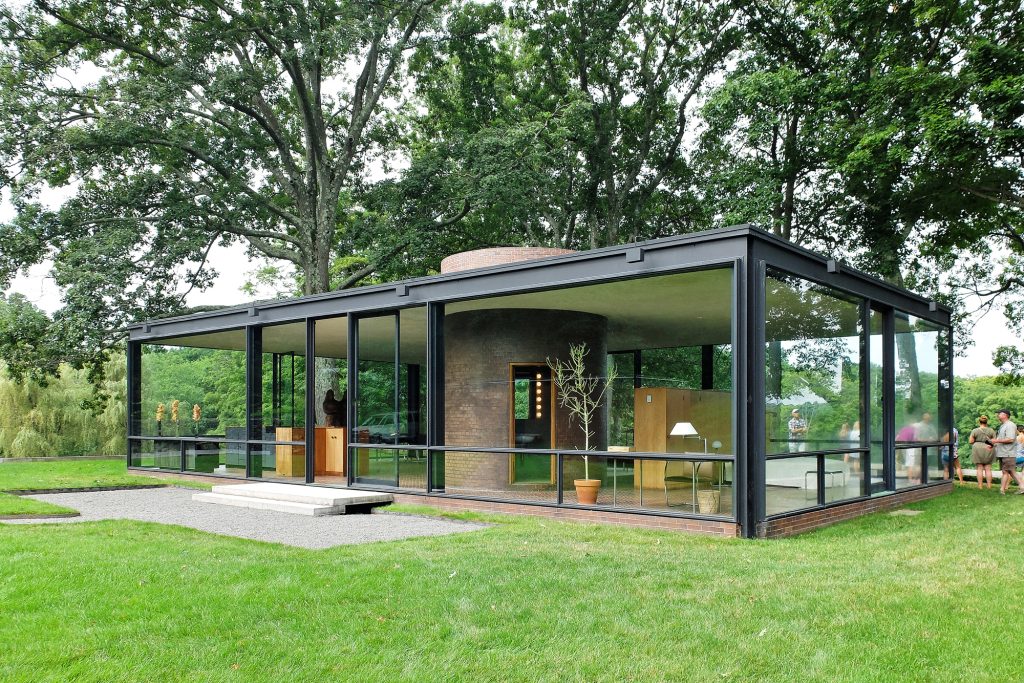
Phillip Johnson’s Glass House, New Canaan, Connecticut, was completed in 1949 and mainly made of glass and steel. It also suffered from flat-roof issues: incessant leaks.
The glasshouse has now become an icon of modernist architecture and a museum.
3. Villa Savoye
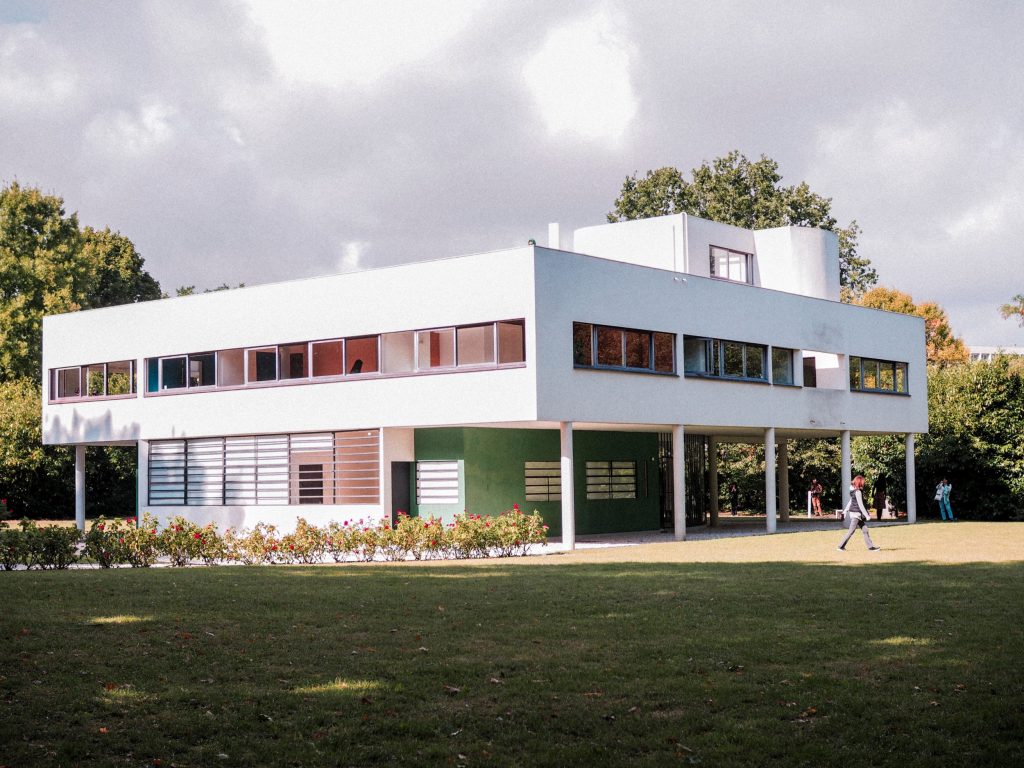
Villa Savoye, in Poissy, France, was built in 1931.
Designed by Le Corbusier, the design included a grid of reinforced concrete columns, an open floor plan, horizontal windows, an independent façade, and a functional roof.
The house did not last long for living because it suffered from the same leaks problem and required frequent repairs. The house has now become a museum.
Modern architecture was designed and built during the 19th C after world war 1 under the attitude named Modernism.
Some of the characteristics are rejected ornaments, large open spaces, and the use of modern materials.
Modern architecture ended in the middle of the 20th century when other new architectural movements emerged.
